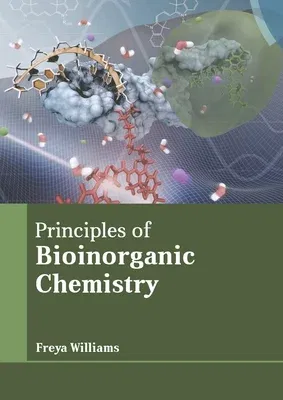Principles of Bioinorganic ChemistryHardcover, 1 March 2022

Qty
1
Turbo
Ships in 2 - 3 days
In Stock
Free Delivery
Cash on Delivery
15 Days
Free Returns
Secure Checkout

Print Length
246 pages
Language
English
Publisher
Murphy & Moore Publishing
Date Published
1 Mar 2022
ISBN-10
1639874550
ISBN-13
9781639874552
Description
Product Details
Book Format:
Hardcover
Country of Origin:
US
Date Published:
1 March 2022
Dimensions:
25.4 x
17.78 x
1.6 cm
ISBN-10:
1639874550
ISBN-13:
9781639874552
Language:
English
Pages:
246
Publisher:
Weight:
648.64 gm